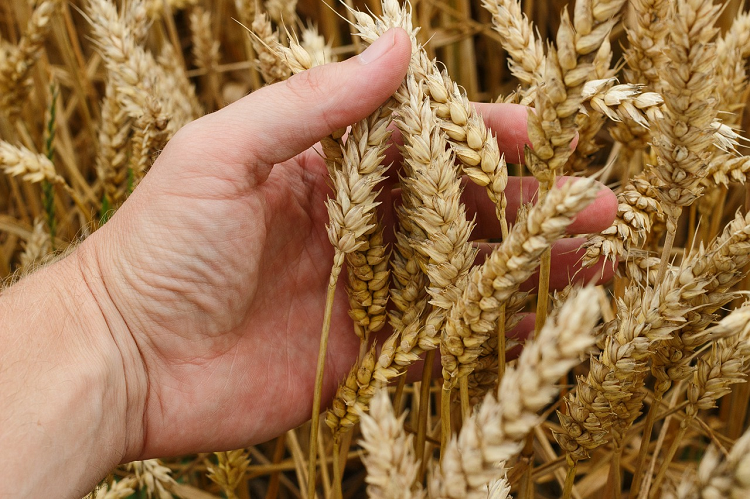Winter Wheat – October 2020
1 October 2020Pests
Wheat bulb fly egg laying will be dropping off now. Growers should identify potential fields at risk and consider an assessment of egg numbers in fields planned for wheat. The only option now for wheat bulb fly control is the seed treatment cypermethrin. Fluxdioxonil and Tefluthrin mixture had a use up date of 31st August 2020.
Fields particularly at risk are those after potatoes, field vegetables and fallow that will be sown with wheat (or spring barley next year). Contact your local SRUC Consultant to arrange for soil samples to be taken before the field has been cultivated. Advice can be provided on whether the crop will benefit from the use of cypermethrin to mitigate the impact of wheat bulb fly grubs when they hatch in February 2021.
Early results from our annual wheat bulb fly egg survey indicate a moderate risk of wheat bulb fly this season – the full results of the survey will be available in the next Crop Protection Report.
The following options are available to growers:
- Use decoy areas – fields with areas of bare soil that are not planned for cereals – these can divert flies away from fields planned for wheat/spring barley.
- Do nothing if egg counts are below damaging levels (relies on having an egg count assessment)
- Sow earlier rather than later if egg counts are at borderline threshold levels (relies on an egg count assessment)
- Sow seed treated with cypermethrin
If egg counts are known, then there are several informed choices that can be made.
Slugs
Wheat crops are particularly vulnerable to slugs up to GS12; beyond this stage they can usually grow away from any further damage. The later-sown the wheat, the longer it takes to emerge and consequently the more time there is for slugs to inflict damage to the seed and shoots. For this reason avoid sowing wheat too deep, as this prolongs even further the time needed to get to GS12. For wheat crops still to be sown, creating a fine seed bed will reduce the risk of slug damage, and slug trapping is recommended in fields still to be sown to assess the risk of slug damage. Generally, a pre-emergence application of pellets with a follow up post-emergence if damage is seen tends to do the job. See the article on slugs under ‘All Winter Crops’ for more information on slug management options.
Sign up to the FAS newsletter
Receive updates on news, events and publications from Scotland’s Farm Advisory Service

